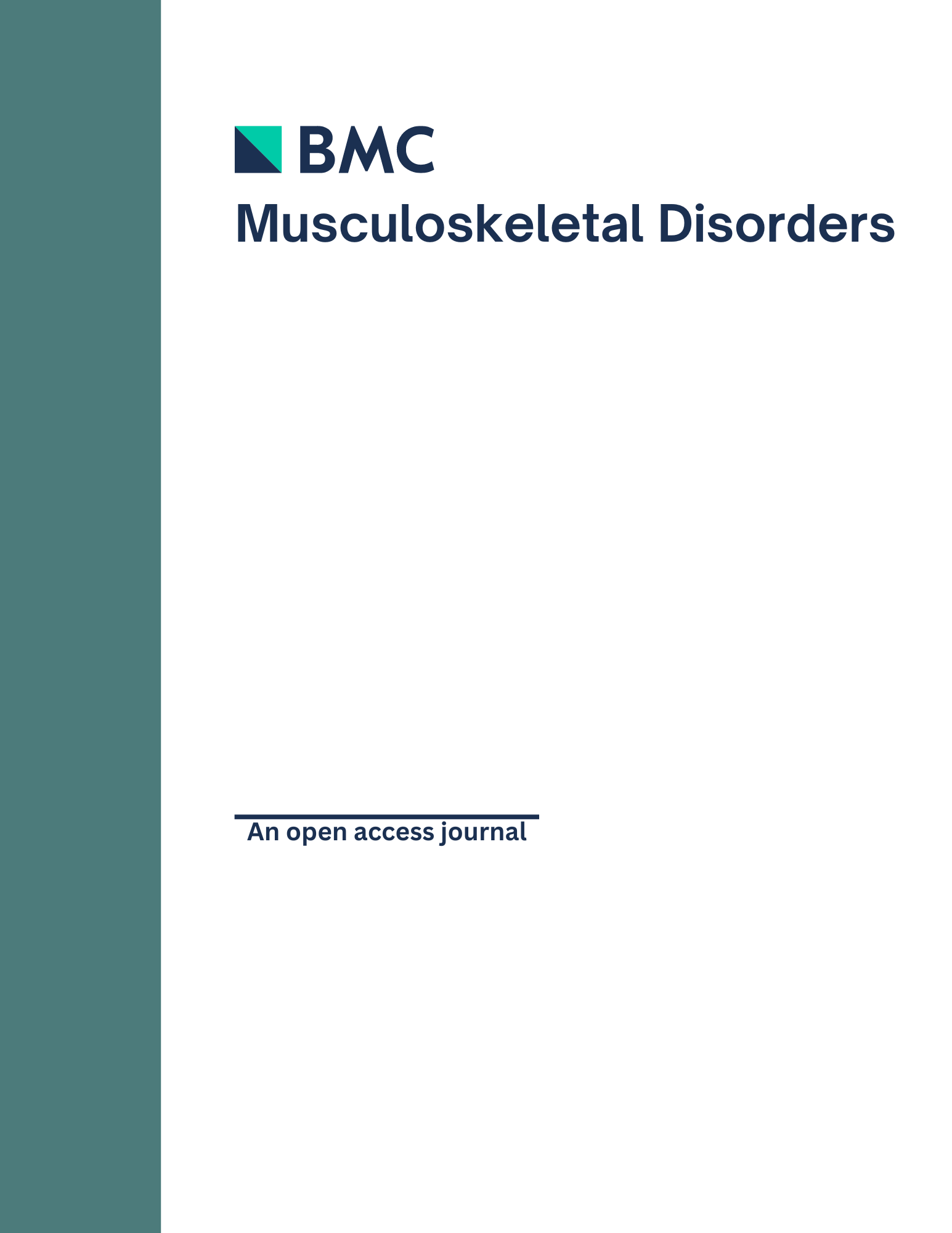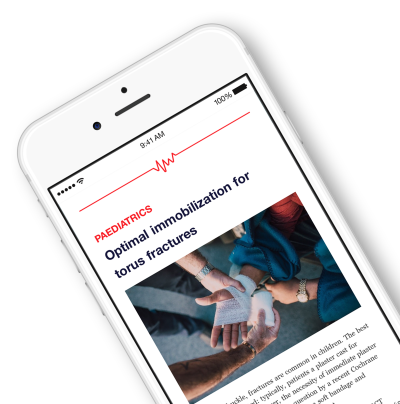
Early PEMF therapy improves union success rates for delayed unions of long-bone fractures .
Early application of pulsed electromagnetic field in the treatment of postoperative delayed union of long-bone fractures: a prospective randomized controlled study
BMC Musculoskelet Disord. 2013 Jan 19;14:35. doi: 10.1186/1471-2474-14-35.64 patients with delayed union following a long-bone fracture were randomized to receive either an active or sham treatment of pulsed electromagnetic field (PEMF) therapy between 16 weeks and 6 months postoperatively to determine whether early application of PEMF is effective in improving union success rates in these patients. Results indicated that, although union success rates were similar between groups at the 3-month assessment, PEMF therapy was associated with a significantly higher union success rate at study completion, compared to the control group (77.4% versus 48.1%). The average length of treatment at the end of the study was similar between groups.
Unlock the Full ACE Report
You have access to 4 more FREE articles this month.
Click below to unlock and view this ACE Reports
Unlock Now
Critical appraisals of the latest, high-impact randomized controlled trials and systematic reviews in orthopaedics
Access to OrthoEvidence podcast content, including collaborations with the Journal of Bone and Joint Surgery, interviews with internationally recognized surgeons, and roundtable discussions on orthopaedic news and topics
Subscription to The Pulse, a twice-weekly evidence-based newsletter designed to help you make better clinical decisions
Exclusive access to original content articles, including in-house systematic reviews, and articles on health research methods and hot orthopaedic topics
































































